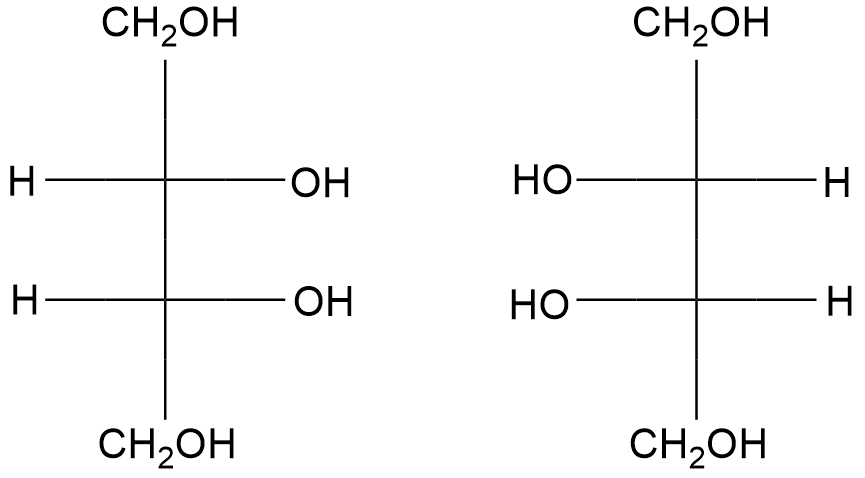
Which is S-lactic acid among the two isomers?

(A)- a
(B)- b
(C)- Both a and b
(D)- None of the above

Answer
483.3k+ views
Hint:. This question is based on the configuration of two isomers. An absolute configuration refers to the spatial arrangement of the atoms of a chiral molecular entity and its stereochemical description i.e. R and S.
Complete step by step answer:
Lactic acid is a chiral compound, consisting of two optical isomers. One is known as L-lactic acid or (S)−lactic acid and the other, its mirror image, is D−lactic acid or(R)-lactic acid.
There are so many terms which you might not know. Let's talk about them first.
- R and S configuration: R- and S-notation used for the assignment of the absolute configuration around a stereocenter.
To find it first we should assign priorities to each bonded group surrounding the stereocenter (1 for highest to 4 for lowest).
Second, imagine the lowest priority (4) atom away from you. Follow the direction of the remaining 3 priorities from highest to lowest priority.
A counterclockwise direction is called S (sinister, Latin for left) configuration. A clockwise direction is called R (rectus, Latin for right) configuration.
- D and L configuration: An optical isomer can be named by the configuration of its atoms. The d by l system (named after Latin dexter and laevus which is known as right and left), not to be confused with the d- and l-system. The d by l labeling is unrelated to (+) by (−) i.e. it does not indicate which enantiomer is dextrorotatory and which is levorotatory. Rather, it indicates the compound's stereochemistry relative to that of the d by l (dextrorotatory or levorotatory).
D- and L- notation provides a quick shorthand for designating the enantiomers. For example, D-Glucose is the enantiomer of L-Glucose as L-Alanine is the enantiomer of D-Alanine.
In the Fischer projection form, if the OH on the bottom chiral center points to the right, it is referred as D whereas if the OH on the bottom chiral center points to the left, it is referred as L.
Based on other discussion, So, the correct answer is “Option A”.
Note: D and L configuration works well for sugars since they can be built up so systematically (like the binary system). The key point is you just have to look at the bottom stereocenter while it’s drawn in the Fischer projection and you can easily judge D for right and L for left.
Complete step by step answer:
Lactic acid is a chiral compound, consisting of two optical isomers. One is known as L-lactic acid or (S)−lactic acid and the other, its mirror image, is D−lactic acid or(R)-lactic acid.
There are so many terms which you might not know. Let's talk about them first.
- R and S configuration: R- and S-notation used for the assignment of the absolute configuration around a stereocenter.
To find it first we should assign priorities to each bonded group surrounding the stereocenter (1 for highest to 4 for lowest).
Second, imagine the lowest priority (4) atom away from you. Follow the direction of the remaining 3 priorities from highest to lowest priority.
A counterclockwise direction is called S (sinister, Latin for left) configuration. A clockwise direction is called R (rectus, Latin for right) configuration.
- D and L configuration: An optical isomer can be named by the configuration of its atoms. The d by l system (named after Latin dexter and laevus which is known as right and left), not to be confused with the d- and l-system. The d by l labeling is unrelated to (+) by (−) i.e. it does not indicate which enantiomer is dextrorotatory and which is levorotatory. Rather, it indicates the compound's stereochemistry relative to that of the d by l (dextrorotatory or levorotatory).
D- and L- notation provides a quick shorthand for designating the enantiomers. For example, D-Glucose is the enantiomer of L-Glucose as L-Alanine is the enantiomer of D-Alanine.
In the Fischer projection form, if the OH on the bottom chiral center points to the right, it is referred as D whereas if the OH on the bottom chiral center points to the left, it is referred as L.
Based on other discussion, So, the correct answer is “Option A”.
Note: D and L configuration works well for sugars since they can be built up so systematically (like the binary system). The key point is you just have to look at the bottom stereocenter while it’s drawn in the Fischer projection and you can easily judge D for right and L for left.
Latest Vedantu courses for you
Grade 11 Science PCM | CBSE | SCHOOL | English
CBSE (2025-26)
School Full course for CBSE students
₹41,848 per year
Recently Updated Pages
Express the following as a fraction and simplify a class 7 maths CBSE

The length and width of a rectangle are in ratio of class 7 maths CBSE

The ratio of the income to the expenditure of a family class 7 maths CBSE

How do you write 025 million in scientific notatio class 7 maths CBSE

How do you convert 295 meters per second to kilometers class 7 maths CBSE

Write the following in Roman numerals 25819 class 7 maths CBSE

Trending doubts
Give 10 examples of unisexual and bisexual flowers

Draw a labelled sketch of the human eye class 12 physics CBSE

Differentiate between homogeneous and heterogeneous class 12 chemistry CBSE

Differentiate between insitu conservation and exsitu class 12 biology CBSE

What are the major means of transport Explain each class 12 social science CBSE

Franz thinks Will they make them sing in German even class 12 english CBSE




